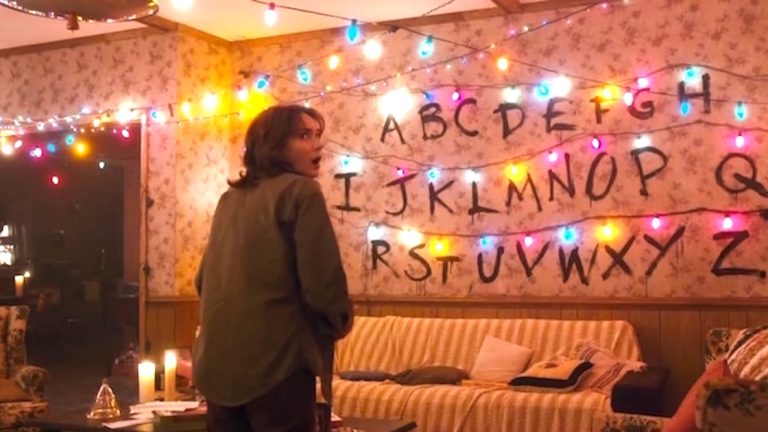Let's get one thing out of the way right up front: Oculus Quest is not the wireless, PC-free version of the Rift you may have been dreaming of. The Snapdragon 835 SoC powering Quest is much closer to a mid-range mobile phone than the Nvidia GTX 960 graphics card (and surrounding Windows PC) required to run a tethered Rift. The field of view and maximum refresh rate on the Quest both seem more comparable to the portable Oculus Go, which is a bit of downgrade from the Rift as well (though we have yet to confirm precise numbers for any of these devices).
Let's get another thing out of the way: None of that seems to matter that much when you're walking around an apparently solid virtual reality space without the need for any outside hardware or any external cameras or sensors.
At Oculus Connect this week, we got to try four different game demos running on what was described as near-final versions of the newly announced Quest hardware (previously known as the Santa Cruz prototype). What we saw was generally solid movement and hand-tracking in VR environments that were visually comparable to the lower end of Rift games. Not too shabby, considering the $400 asking price starting next spring.
Fitting Oculus Quest to your face is very similar to putting on a Rift headset, right down to the adjustable, springy velcro straps on the sides and the top strap for stability. The unit was relatively easy to forget about once it was on (at least for the five- to ten-minute demos we engaged in) with no need for constant adjustment of the fit or focus, even as we were moving around quite a bit. Oculus wouldn't talk about the final weight, but it felt pretty Rift-like on our heads, only without a wire tugging on the side, of course.
The demos
Our first demo, Superhot VR, was a pretty direct port of the first few levels of the original game, which is still one of the best VR titles around. The game's stark red-and-white color palette and large, stylized polygons make it a good fit for the Quest's diminished hardware power. If you squint you might be able to see a little less detail in the Quest version's 3D models or make out a little more fuzz around the edges of objects. Overall, though, it's an amazingly faithful port.

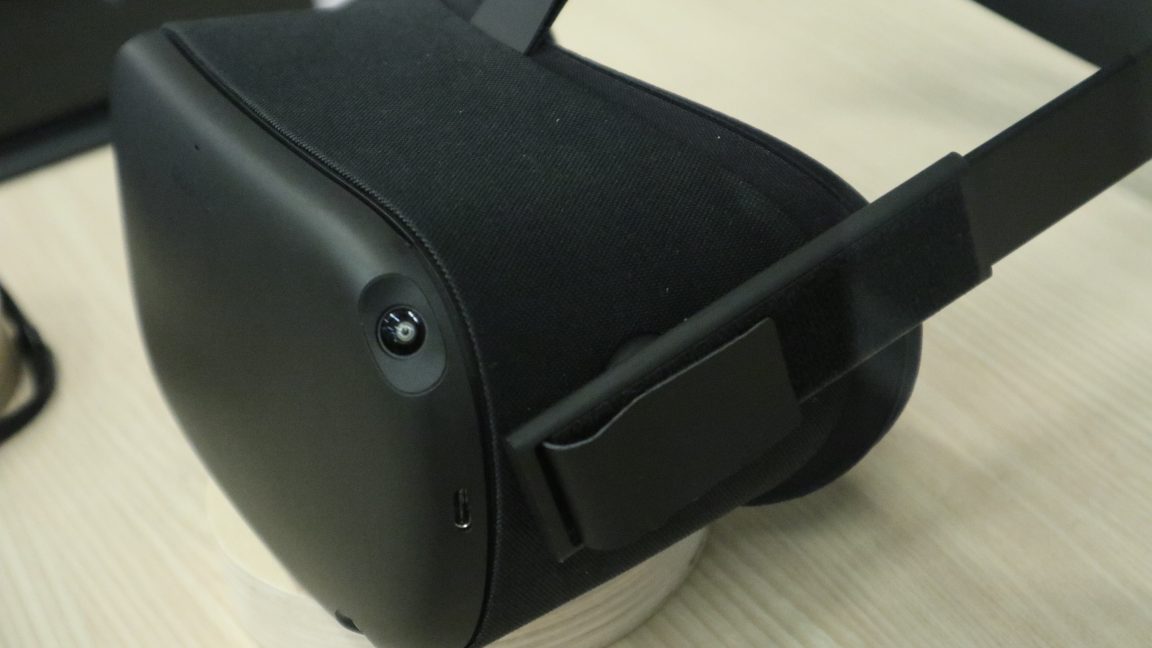
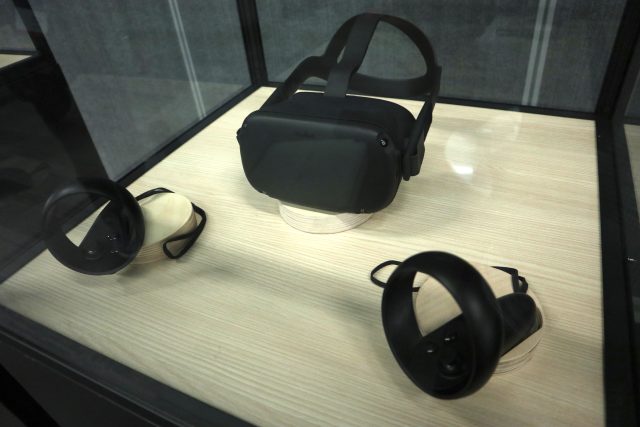
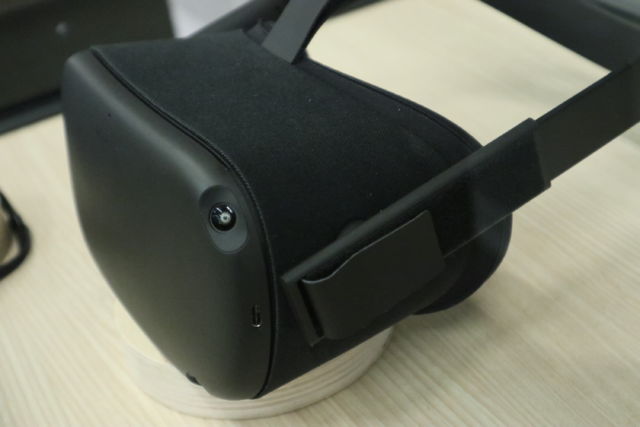
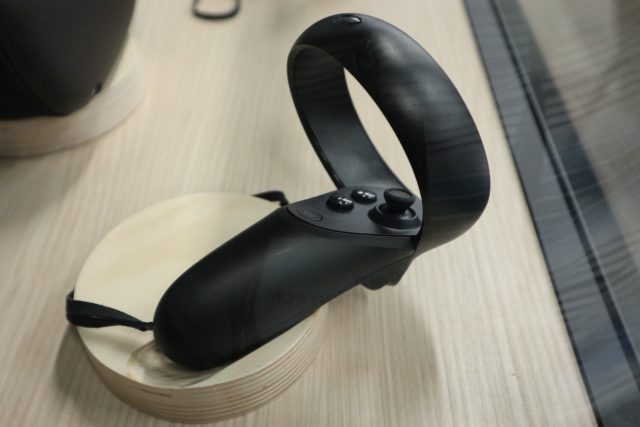
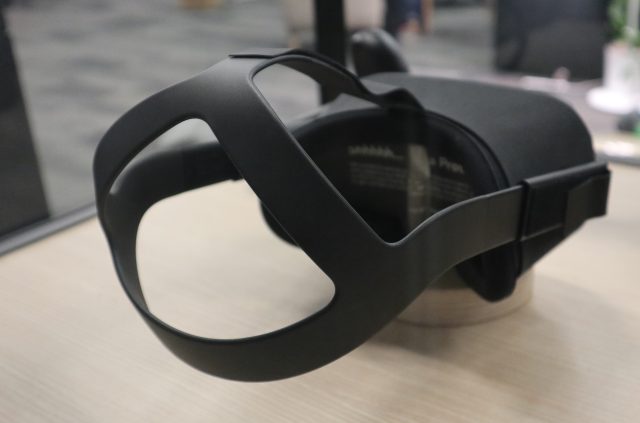


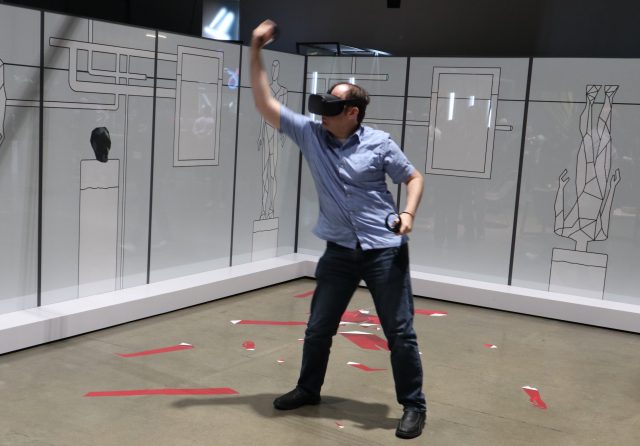

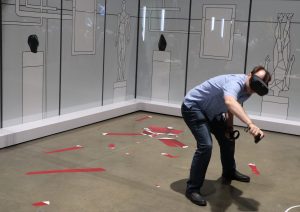

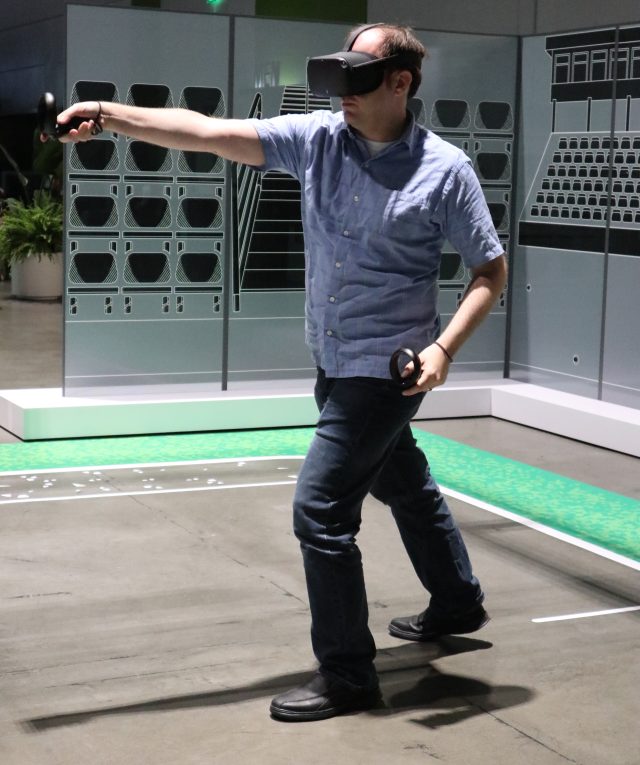
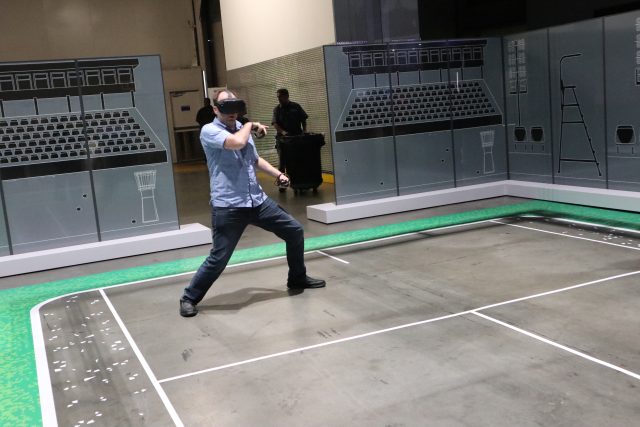

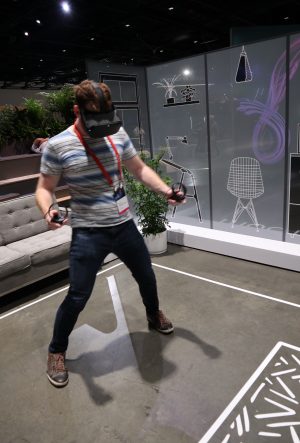




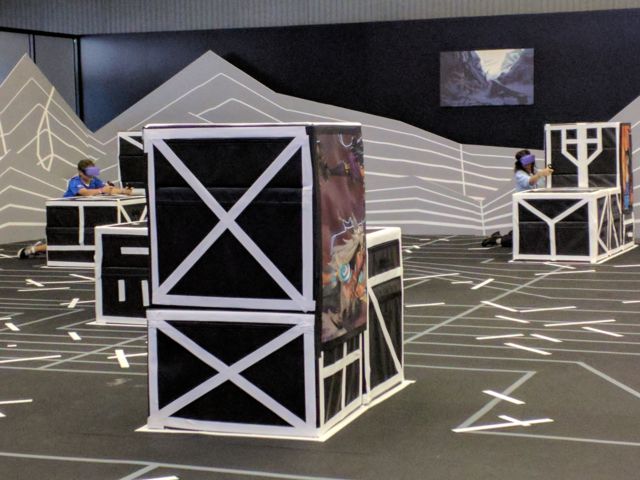

 Loading comments...
Loading comments...
